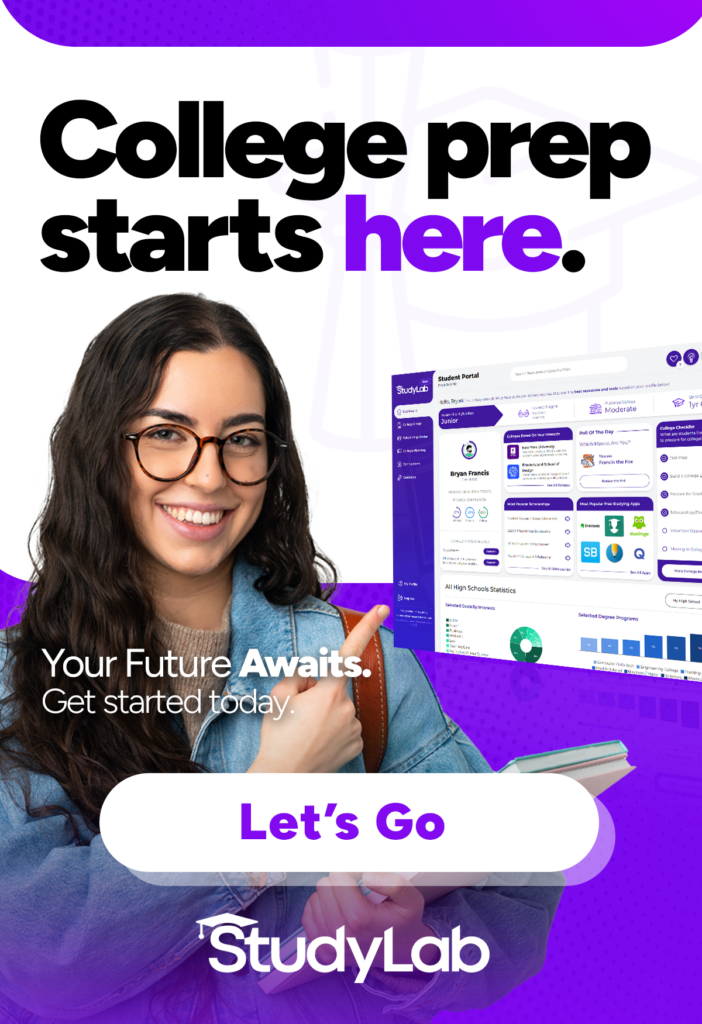Are online colleges improving the quality of education they provide? Are more of their students completing four years of study and graduating? And are online colleges becoming fully viable options for students who, due to factors such as having children or being employed, want to complete all their coursework online?
Those questions are answered in “Future Formula: Can Online Learning Help Solve College Debt,” an article by Richard Garrett that was just published on Encoura.org. Drawing from data gathered by Encoura as part of its 2019 Higher Education Market Update, Garrett reports the following trends are happening in online college education.
Online Programs Continue to Spend Less to Educate Each Student, but that Is Changing
The average fully online college spends only about $5,000 to educate each student every year, compared to the nearly $24,000 that brick-and-mortar schools spend. One reason is that online colleges employ fewer faculty members. But that is only part of the picture. At brick-and-mortar colleges that have 5% or fewer fully online students, the average spend per online student rises to $32,580 per student.
The study also found that over the last decade, all-online schools are steadily increasing their spend per student.
Online Schools Spend Money in Different Places
Online schools tend to spend more on instruction. In contrast, regular colleges must spend on student resources, physical plant, and other costs of having students live on campus or commute.
But the study also found that all-online schools are increasing their spending on course development. The result could be an increase in the quality of courses that online institutions are able to offer to their students.
Also notable: Spending to educate each student at traditional colleges remained flat between 2012 and 2017. Online schools, in contrast, saw their spending per student increase by 6% during that same period.
Graduation Rates at Online Colleges Still Lag Behind
Undergraduate graduation rates at fully online colleges now run about one-third to one-half behind rates at brick-and-mortar schools.
Using Online Courses to Augment On-Campus Study
Mr. Garrett did not address this issue in his article, but we do know that college students are utilizing online courses for a variety of reasons. They take courses online to . . .
- Complete core curriculum and other courses for less money than they would spend if they took the courses on campus
- Take online courses over summers and winter breaks so they can graduate sooner
- Take courses online to prepare for taking the same courses later in college and achieve higher grades
- Take online courses to explore potential majors before committing to them
The message? Now that online colleges are part of American higher education, more students and their families are finding ways to utilize them in smart and cost-saving ways.
We Invite You to Explore All Your Career and College Options . . .
Participate in the National Career & College Pathway Study to gain new insights about making educational decisions that align with your interests, passions, and aptitudes. Students who complete the free career test for high school students will receive information on college and career opportunities which match their interests.
Related Posts
Babson Documents Big Changes in the Way Students Are Using Online Courses
9 Finance Blogs Offer Advice to Help You Pay For College
Is Transferring from a Community College to a Four-Year College Still a Good Strategy?
Why the SAT and ACT Tests Are Not Going to Go Away Soon
Three Online Career Tests for High School Students
Want to Save 25% of Your College Costs?

